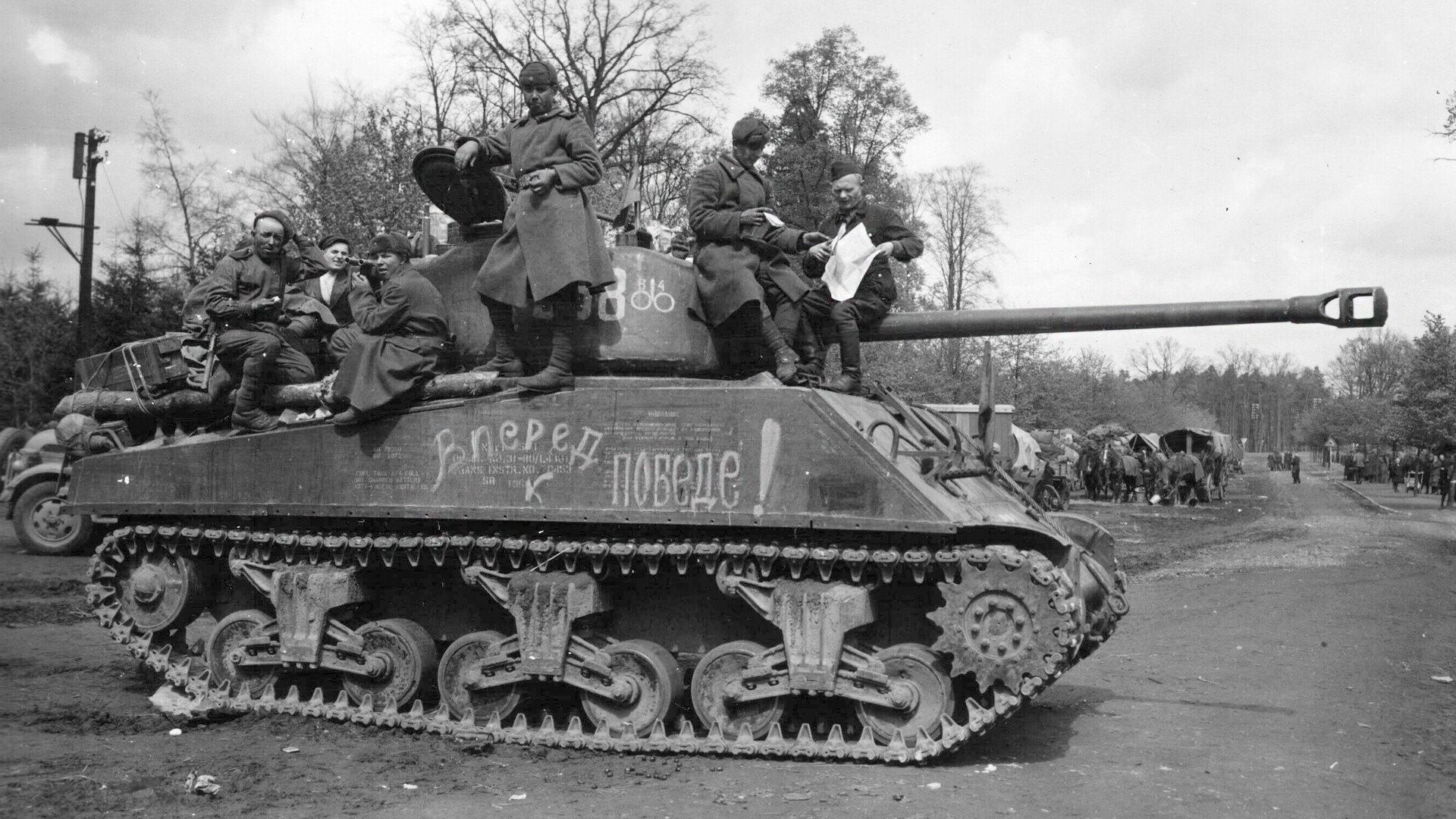
A Lend-Lease M4A2 (76) W Sherman in Soviet service in the 64th Guards Tank Regiment, 8th Guards Mechanized Corps, 1945.
U.S. Army Signal CorpsOver 400 thousand cars, almost 19 thousand planes, around 20 thousand tanks, self-propelled and armored vehicles, 90 cargo ships, 105 antisubmarine warfare ships, 1,900 locomotives and 11 thousand train cars, as well as 4.5 tons of food - this is what the Soviet Union received as part of the American state Lend-Lease program. It consisted in providing material support to the countries fighting Nazi Germany and its allies.
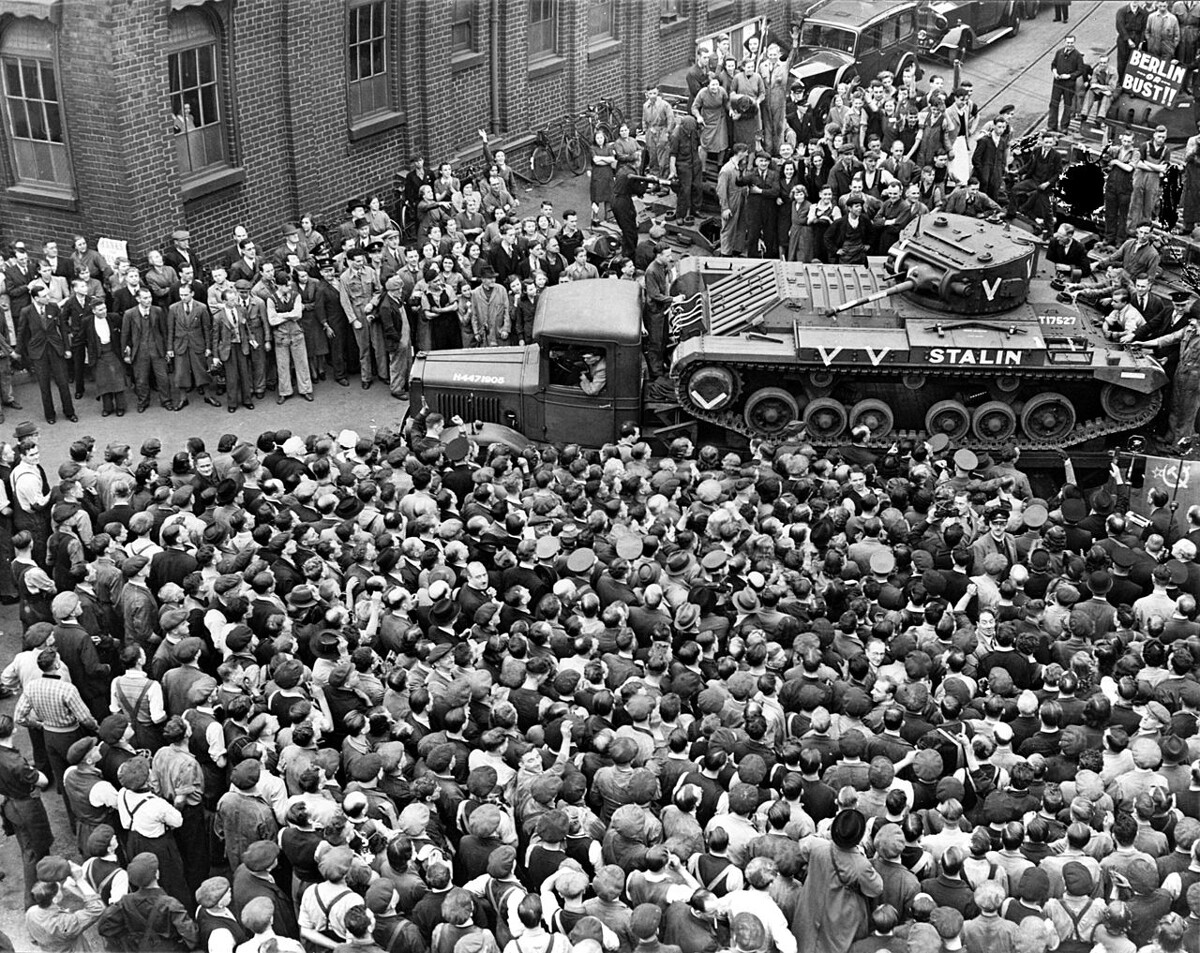
Crowds of people meeting members of the Soviet military mission when they arrived at a tank factory in Great Britain.
Library of CongressThe Lend-Lease law was adopted by the U.S. Congress on March 11, 1941; according to it, all the supplied vehicles, arms, equipment and materials were not to be paid for should they be destroyed or lost during the military action. The cost of intact items, which could be used for peaceful purposes after the war, such as trucks, light vehicles, or petrochemicals, however, had to be covered. And military vehicles were supposed to be returned.

Soviet troops with American trucks, September 1942.
Sovfoto / Universal Images Group via Getty ImagesBritain became the first country to reap the benefits of the Lend-Lease program. In April 1941, it was joined by China. The sides agreed on deliveries to the Soviet Union during the first Moscow conference of the anti-Hitler coalition allies in early October of 1941. Later on, a range of cooperation agreements were included, namely the one on “principles applied to mutual support in the anti-aggression war” from June 11, 1942. Later, the British, who themselves received aid from the U.S., also took part in deliveries to the Soviet Union, following the same principles as their American allies.
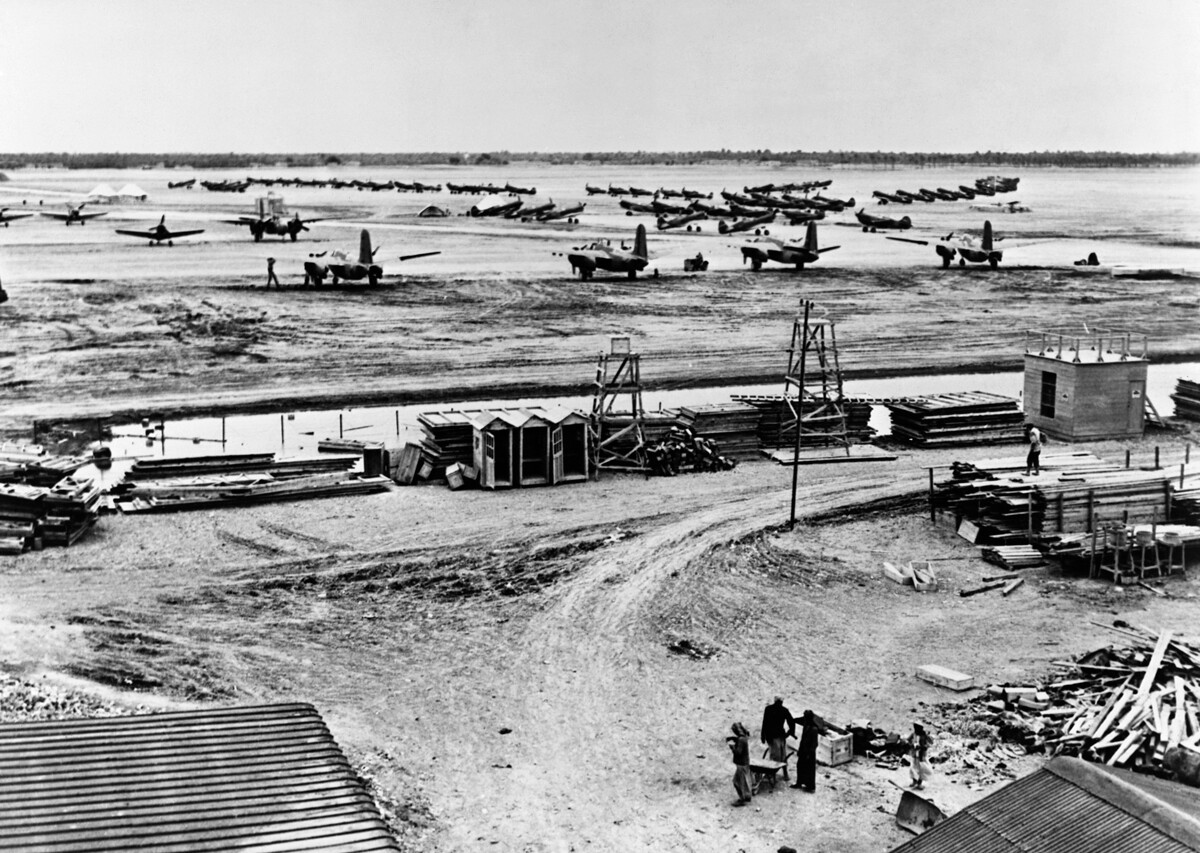
American lend-lease fighters and bombers on the ground at a delivery depot in Iran.
Hulton-Deutsch Collection / CORBIS / Getty ImagesThe USSR paid for western vehicles and materials supplied outside the lend-lease program straight away. For instance, on April, 30, 1942, the German submarine U-456 took down the British cruiser ‘Edinburgh’ carrying 5.5 tons of Soviet gold, which Moscow had allocated as payment for the supplies. Besides, as part of the so-called “reverse Lend-Lease”, Moscow dispatched chromium and manganese ore, platinum and timber.
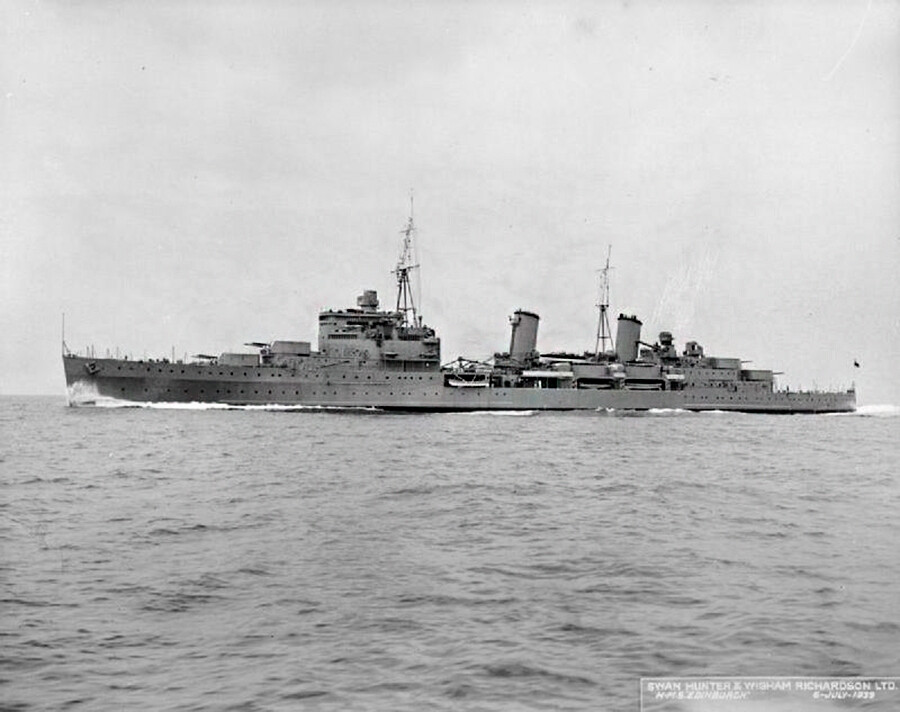
British cruiser ‘Edinburgh’.
Imperial War MuseumsThe American and British supplies went to the Soviet Union via three major routes: across the Pacific (there lay the Alaska-Siberia airbridge, which saw about eight thousand airplanes delivered), via Iran, which was occupied by the Soviet and British forces in August-September 1941; as well as across the Arctic Ocean. The latter route was the shortest, yet the most dangerous, due to its proximity to the Kriegsmarine and the Luftwaffe.
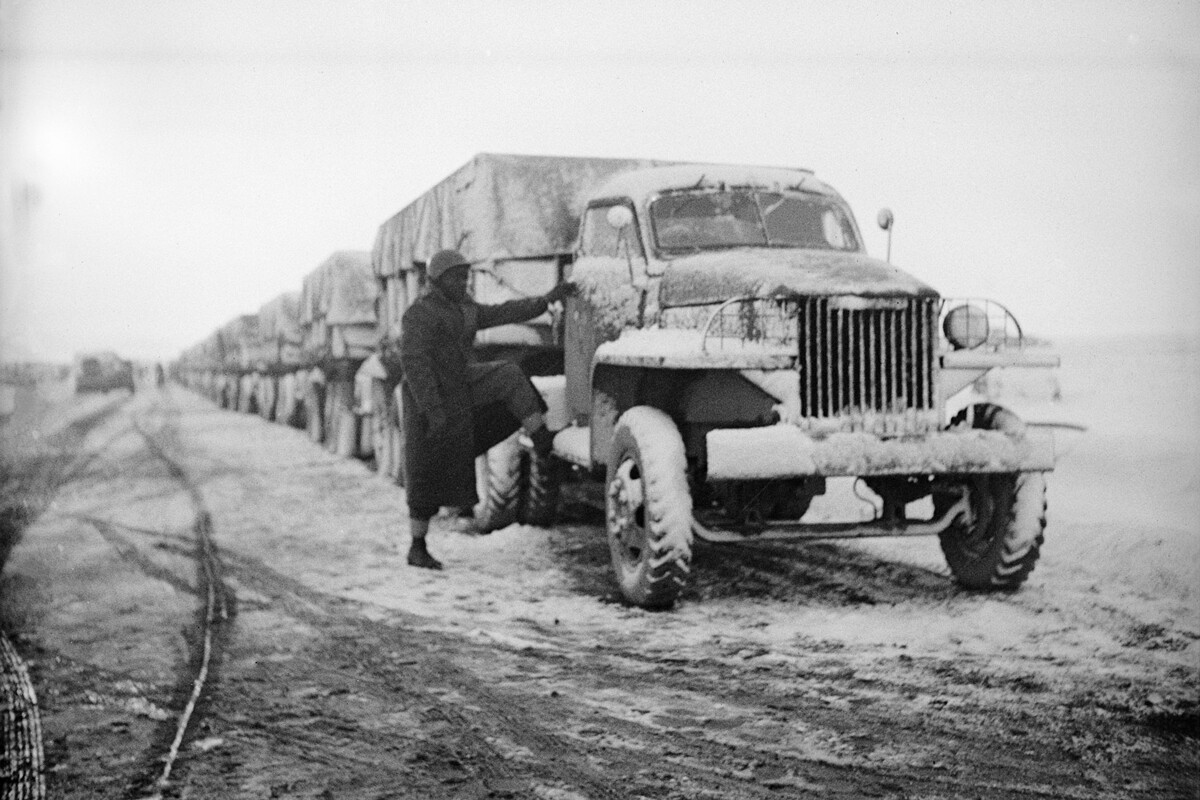
A United States Army truck convoy carrying supplies for USSR in Iran, 1943.
Library of CongressBy July 1942, the imported tanks in the Red Army accounted for 16 percent (2,200 out of 13,500). The vast Soviet lands saw British infantry tanks Mk II ‘Matilda’, Mk II ‘Valentine’ and Mk IV ‘Churchill’, as well as the U.S.’ M3 ‘Stuart’ and M3 ‘Lee’ fighting the Germans. Also, around 200 М4А2 ‘Sherman’ tanks took part in the Berlin offensive.
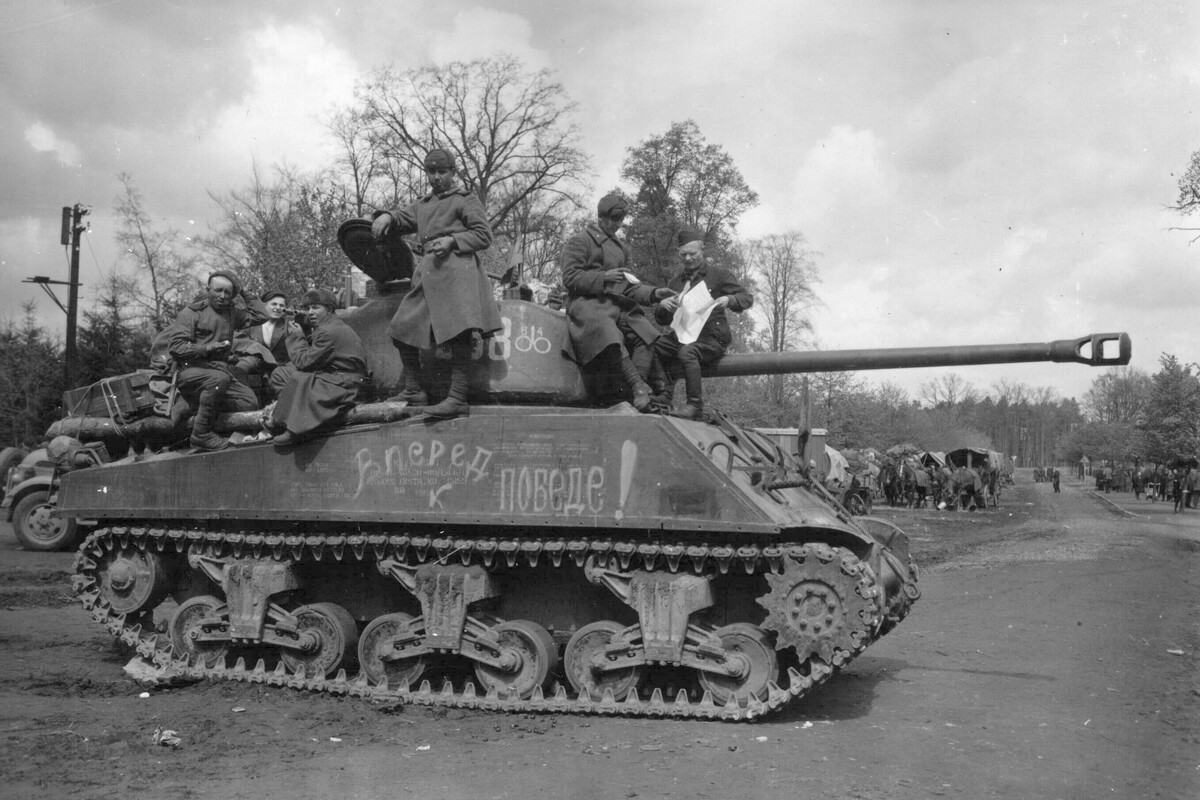
A Lend-Lease M4A2 (76) W Sherman in Soviet service in the 64th Guards Tank Regiment, 8th Guards Mechanized Corps.
U.S. Army Signal CorpsLondon and Washington sent to the USSR as many as 13,000 fighter aircraft, including P-40 ‘Tomahawks’, P-63 ‘Kingcobras’, P-47 ‘Thunderbolts’, ‘Spitfires’ and ‘Hurricanes’, as well as around 4,000 A-20 ‘Boston’ and B-25 ‘Mitchell’ bombers. Almost every fourth fighter and bomber, which became part of the Soviet air force during the war, was either British or American-produced. Legendary fighter pilot Alexander Pokryshkin won most of his victories on an American P-39 ‘Aerocobra’.
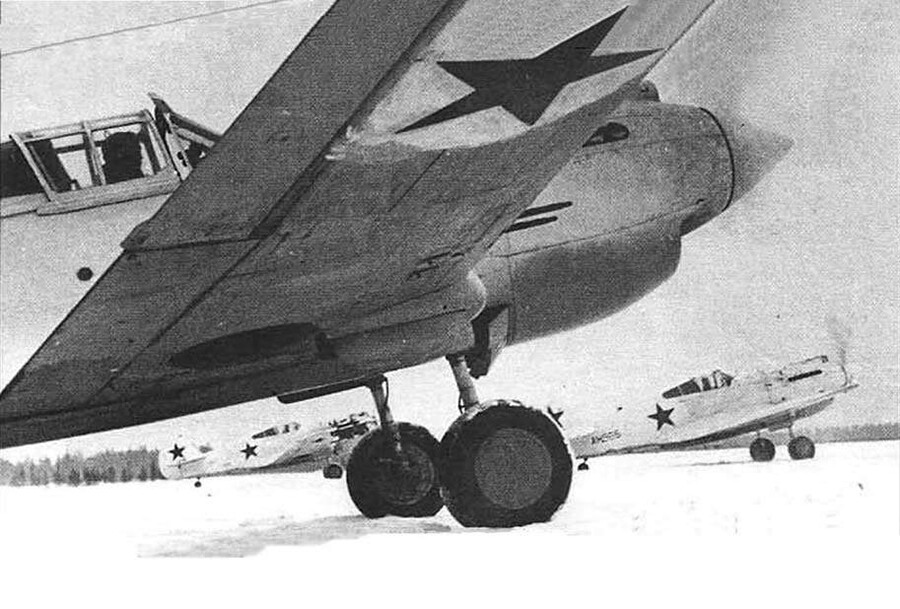
P-40 ‘Tomahawks’ in Soviet service.
Archive photoFood deliveries were also of primary importance (the Soviets tongue-in-cheek called American tinned stew pork “the second front”) and so were supplies of raw products and materials, as well as сomponent parts for the military industry: dynamite, gunpowder, trotyl (TNT), explosives, toluene, detonators, etc. “Americans actively sent us the amount of materials sufficient for us to form our reserves, without which we wouldn’t have been able to continue fighting…” Marshal Georgy Zhukov stated, going on: “We didn’t have explosives, gunpowder. We had no rifle ammunition… And would we have managed to quickly get tank production up and running, but for Americans’ assistance with steel supplies?”
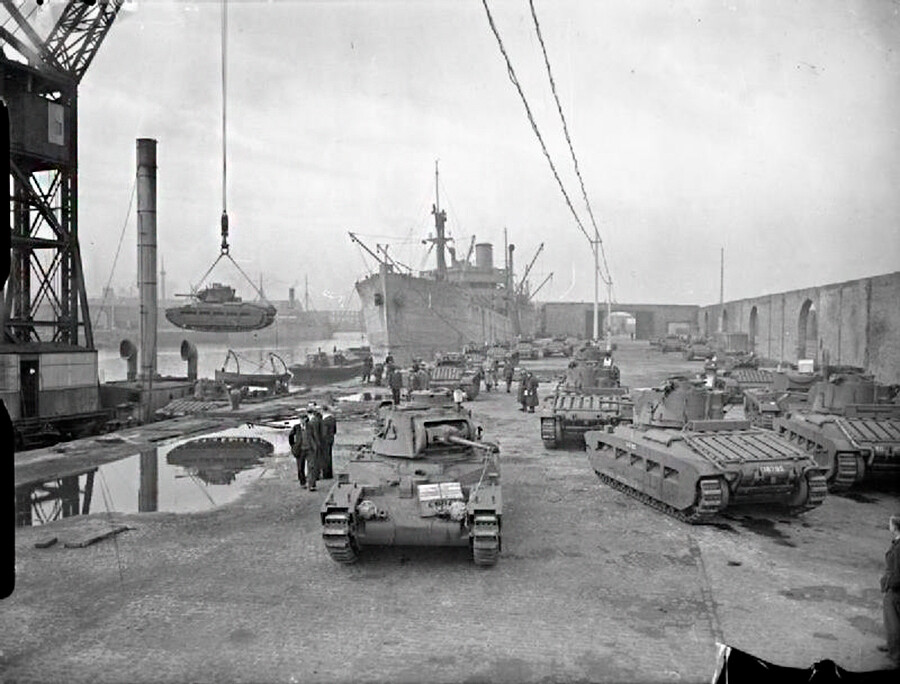
Matilda tanks being loaded onto ships at Liverpool docks for shipment to the Soviet Union, 1941.
Imperial War MuseumsThe USSR was particularly grateful to Americans for their motor transport: ‘Willys’ passenger cars, as well as ‘Studebaker’ and ‘Dodge’ trucks, which were, in terms of technical features, far ahead of the Soviet ZIS-5 and GAZ-AA trucks, the Red Army’s main workhorses. In 1944, imported vehicles made up 70 percent of the Soviet forces’ fleet and were integral to their mobility. “The ‘Studebaker’ is certainly much better,” said Pavel Gurevich, lieutenant of the 6th guards mortar battalion: “‘ZISes’ were two-axle, they kept stalling out on poor roads; whereas ‘Studebakers’ are off-roads, with both front and back wheels leading. They were also more maneuverable. ‘Studebakers’ came in handy in Karelia’s swamps.”
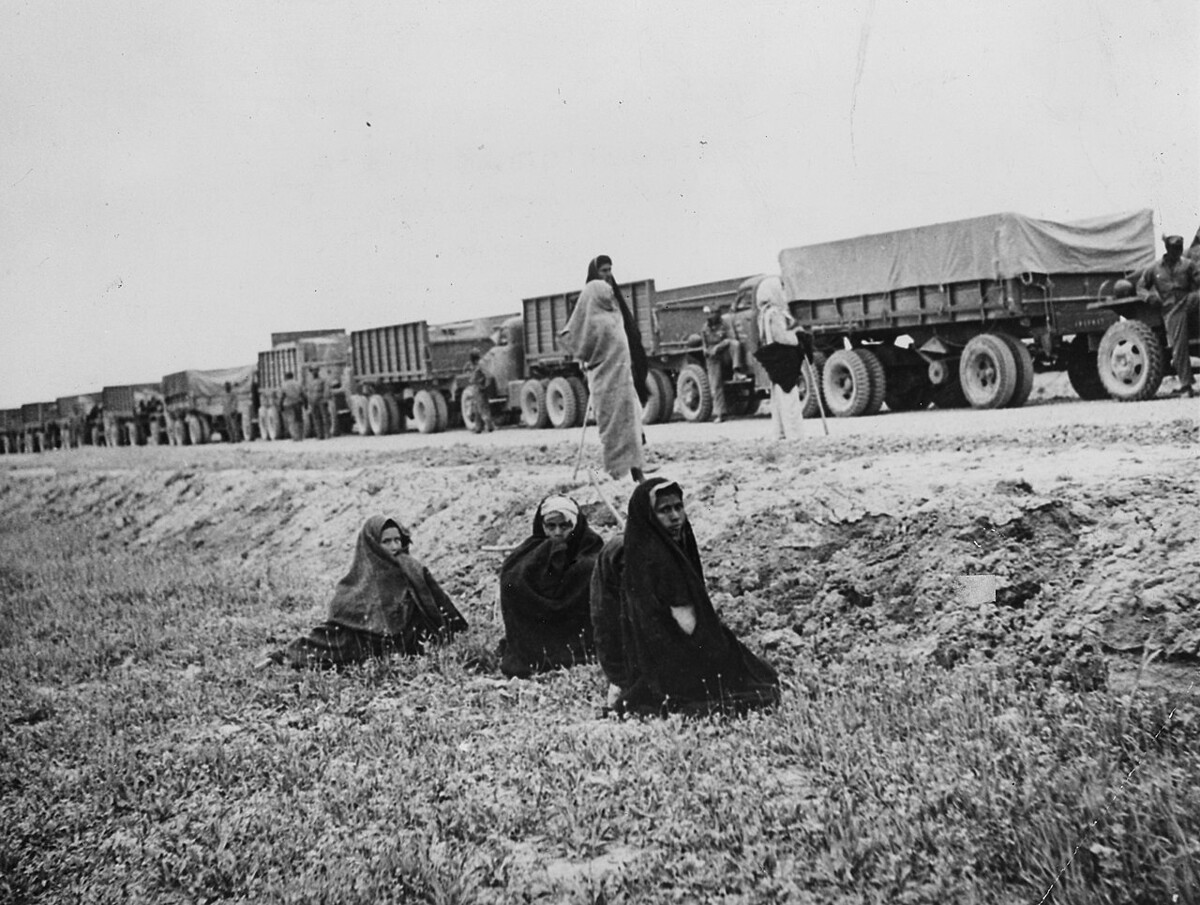
Truck convoy of U.S. supplies for USSR.
NARAThe cost of all the Lend-Lease deliveries from the U.S., Great Britain and Canada to the USSR throughout the war is estimated to stand at 13.212 billion dollars, not all of which was to be paid, according to the program terms. In 1947, Washington sent Moscow an invoice for 2.6 billion. It brought about negotiations, which spanned years. Only in 1990 did the parties agree on the debt of 674 million to be paid by 2030, which Russia paid back in full as the USSR’s successor state back in 2006.
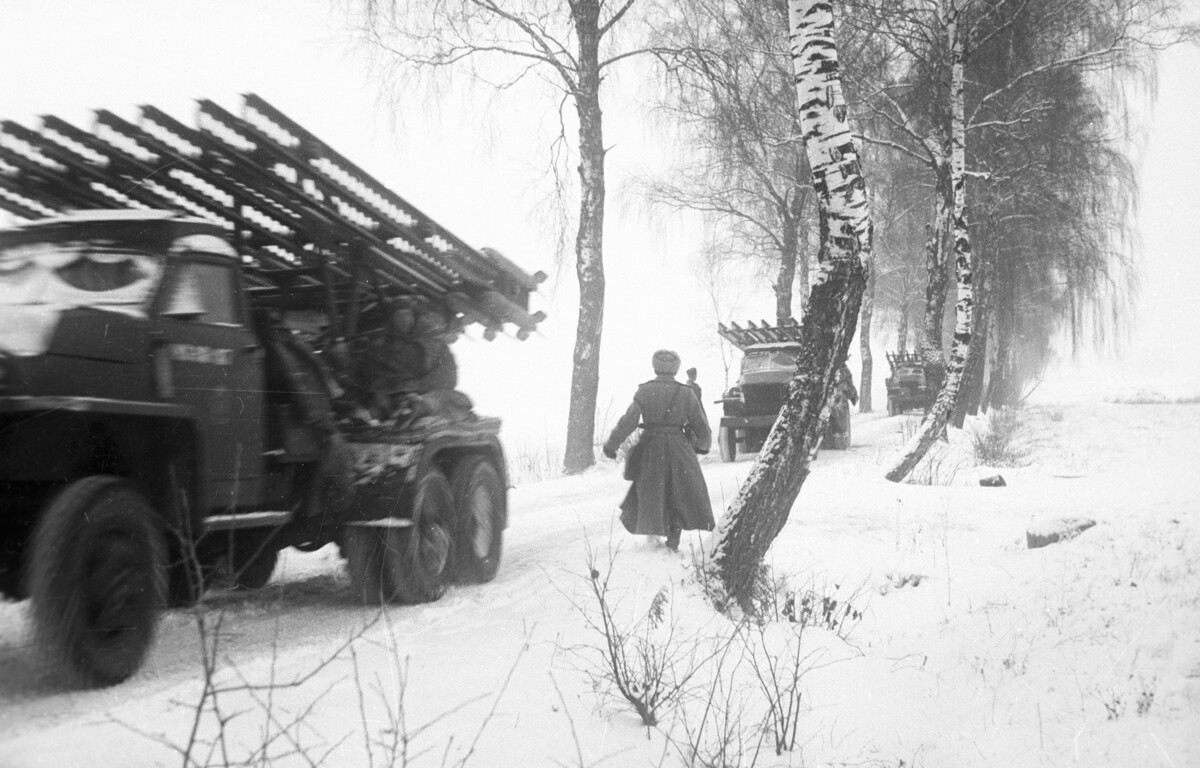
Katyusha rocket artillery installed on the Studebaker trucks.
Vasoly Savransky / SputnikIf using any of Russia Beyond's content, partly or in full, always provide an active hyperlink to the original material.
Subscribe
to our newsletter!
Get the week's best stories straight to your inbox